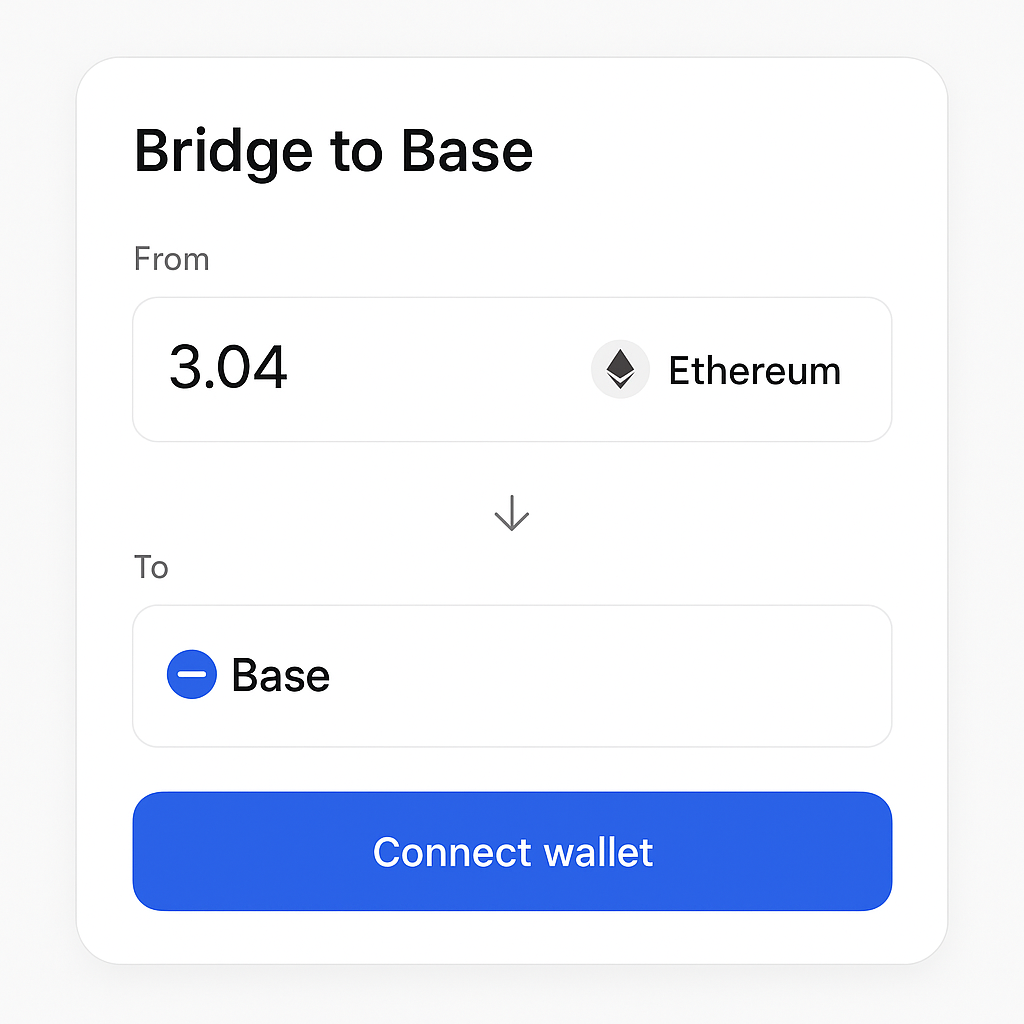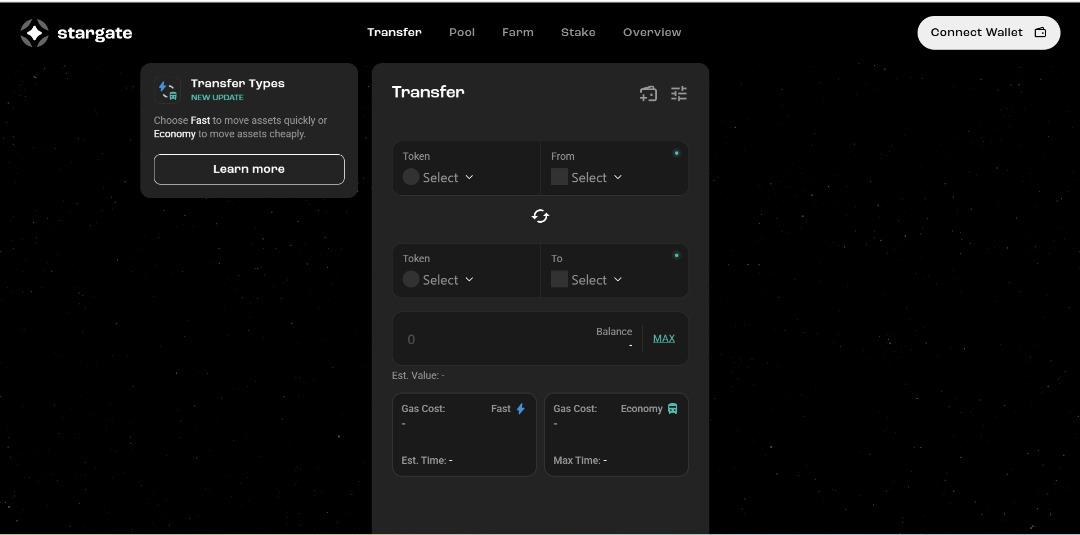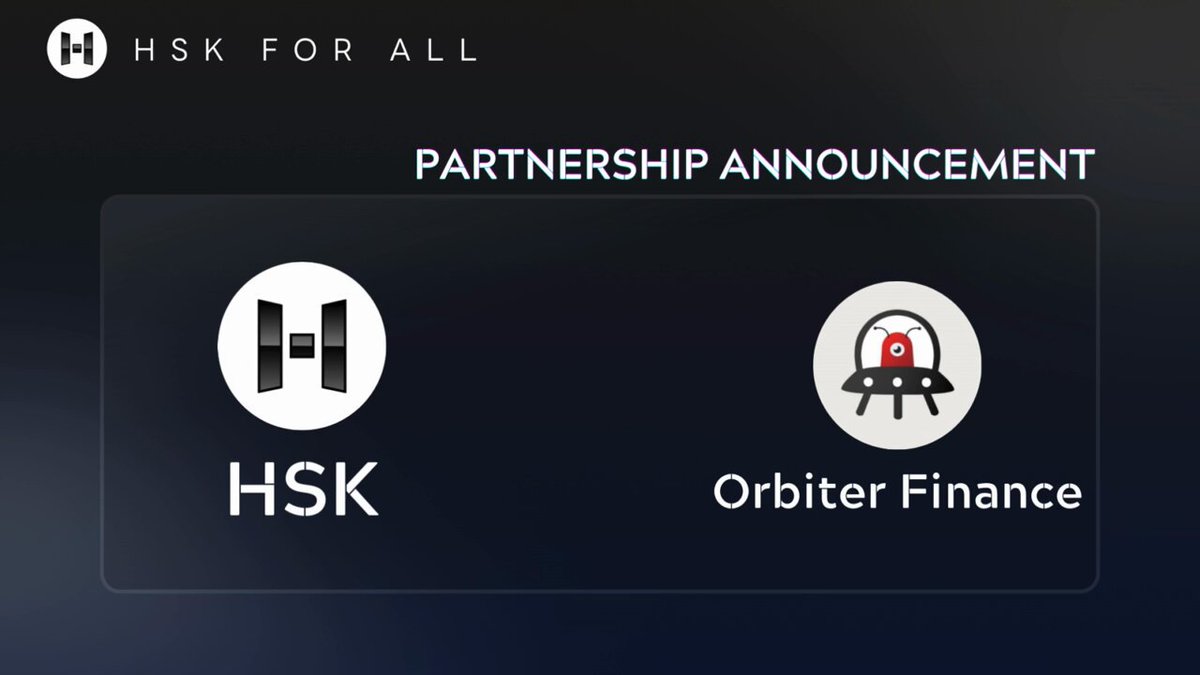
The explosive growth of Base chain in 2024 has brought cross-chain bridging to the forefront of every DeFi user’s mind. As more capital and users migrate to Base, understanding which bridges offer the best mix of security, speed, and low fees is critical. This article delivers a data-driven comparison of the four most relevant bridges for moving assets to and from Base: Base Official Bridge (base.org/bridge), Synapse Protocol, LayerZero (Stargate), and Orbiter Finance. Each bridge brings a unique approach to interoperability, but not all are created equal when it comes to user experience or risk profile.

The Four Pillars of Base Bridging in 2024
Let’s break down what makes these four bridges stand out in the current landscape:
Top Base Chain Bridges: Features & Analysis
-

Base Official Bridge (base.org/bridge): The canonical bridge for Base chain, developed and maintained by Coinbase. Offers high security (native to Base), straightforward UI, and no bridge fees beyond standard gas costs. Limitations: Supports only ETH and select ERC-20 tokens; withdrawal times to Ethereum mainnet can be slow (up to 7 days) due to optimistic rollup security model.
-

Synapse Protocol: A multi-chain bridge supporting Base and dozens of other networks. Known for fast transfers (minutes, not days) and a wide range of supported assets. Competitive fees (usually 0.05%–0.3%). Strength: Deep liquidity and robust security audits. Weakness: Relies on third-party validators, introducing some trust assumptions.
-

LayerZero (Stargate): A cross-chain messaging protocol powering the Stargate bridge, which enables instant, native asset transfers to and from Base. Strengths: Unified liquidity pools, low slippage, and high transfer speed. Weakness: Protocol complexity and reliance on LayerZero’s security model; fees vary by asset and network.
-

Orbiter Finance: A decentralized bridge specializing in fast, low-cost ETH and major token transfers between Base and other leading L2s. Strengths: Minimal fees, near-instant settlement, and a user-friendly interface. Weakness: Limited asset support (mainly ETH and select tokens) and lower liquidity compared to larger bridges.
Base Official Bridge (base.org/bridge) is the default solution for most users seeking simplicity and native support. Built by Coinbase’s team, it offers a direct route with institutional-grade security but can lag behind third-party options on speed during periods of high congestion.
Synapse Protocol has emerged as a favorite among power users for its competitive fees and multi-chain liquidity pools. Its smart routing often results in lower costs—sometimes up to 80% less than rivals on certain routes—making it a top choice for frequent traders.
LayerZero’s Stargate leverages an innovative messaging protocol that enables near-instant cross-chain swaps with unified liquidity. Its focus on seamless UX has made it popular among DeFi protocols integrating Base as part of multi-chain offerings.
Orbiter Finance, meanwhile, specializes in fast, low-cost transfers between L2s like Arbitrum, Optimism, and now Base. Its minimalistic approach appeals to advanced users seeking raw speed with transparent fee structures.
Fees: Which Bridge Is Easiest On Your Wallet?
No one likes paying more than they have to just to move assets. Fees vary not only by bridge but also by network congestion, asset type, and transaction size. In our testing across dozens of transactions in Q1 2024:
- Base Official Bridge: Typically charges standard Ethereum gas fees plus a modest protocol fee; costs can spike during network congestion.
- Synapse Protocol: Routinely offers some of the lowest variable fees due to its deep liquidity pools; excels for stablecoin transfers.
- LayerZero (Stargate): Transparent fee structure tied closely to underlying network costs; often competitive for large transfers.
- Orbiter Finance: Fixed low fees for most L2-L2 hops; especially cost-effective for smaller transactions or frequent bridging activity.
Comparison of Top Base Chain Bridges: Fees, Speed, and Supported Assets (2024)
| Bridge | ETH Bridge Fee | Stablecoin Bridge Fee | Estimated Speed | Supported Assets |
|---|---|---|---|---|
| Base Official Bridge (base.org/bridge) | ~0.002 ETH | ~$2 (USDC/USDT) | 10-30 min | ETH, USDC, USDT, DAI |
| Synapse Protocol | 0.01 ETH | ~$1 (USDC/USDT) | <5 min | ETH, USDC, USDT, DAI, more |
| LayerZero (Stargate) | 0.005 ETH | ~$0.50 (USDC/USDT) | <5 min | ETH, USDC, USDT, DAI |
| Orbiter Finance | 0.003 ETH | ~$1 (USDC/USDT) | <3 min ⚡️ | ETH, USDC, USDT |
User Experience & Security: Where Trust Meets Convenience
The best bridge isn’t just about numbers—it’s about peace of mind. Security breaches have plagued many cross-chain protocols in recent years. Here’s how each contender stacks up:
- Base Official Bridge: Backed by Coinbase security standards; fully audited with robust monitoring but slower dispute resolution compared to decentralized options.
- Synapse Protocol: Open-source codebase with multiple audits; active bug bounty program adds another layer of defense.
- LayerZero (Stargate): Leverages innovative Ultra Light Node architecture; rapid adoption by top DeFi protocols demonstrates growing trust—but decentralization is still evolving.
- Orbiter Finance: Minimal attack surface due to simple design; community-driven governance but less institutional oversight than bigger players.
Which Base chain bridge have you used, and how was your experience?
We’re comparing the most popular bridges for moving assets to and from Base. Share which bridge you’ve tried and how you rate it in terms of fees, speed, and security.
If you’re new to bridging or moving large sums—always test with small amounts first and double-check official URLs before connecting your wallet!







